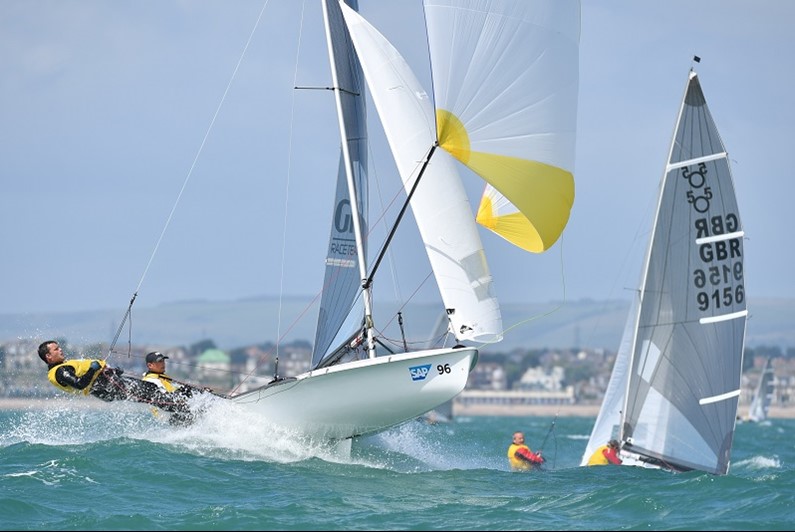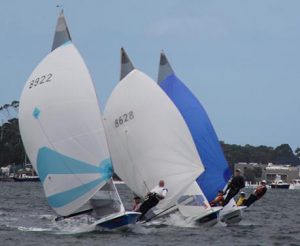

Making Reaches Work
In this day and age of mainly windward and return races, the art, and skill of sailing a reach is becoming a distant memory for many of us with symmetrical spinnaker boats.
Please note though, that a lot of the tips below are also relevant to two-sailed and single-sail boats as well.
If you do get a reaching course or if a planned run becomes a reach due to a wind shift, you will need to draw on your memory to enable yourself to get to the leeward mark in the quickest possible time.
Close Reach: Making Reaches Work
As you bear away from close-hauled to a close reach, the forces on the sails rotate forward. Next speed jumps and heeling forces are reduced. To make the most of the wider wind angle you must retrim the sails for the new course.
You will ease the jib and if your set-up allows, you will move the jib lead outwards. The halyard will not be adjusted thus keeping the draft forward and also preventing the back of the sail from becoming rounded. If the lead is not moved outboard, the top of the sail opens and the bottom will hook which increases drag.
The mainsail will be eased, traveller dropped but the vang should remain firm, one of the ways to set it initially is to just snig the vang on whilst travelling upwind and when you ease off to the tight reach, it will stop the boom from lifting and leech from spilling the wind and costing you power.
Use The Vang To Control Twist
The vang is a critical control of twist. If you find yourself overpowered ease the vang which will reduce heel and balance the helm.
Fine trimming is done by adjusting the sail and traveler to keep the leech telltales streaming and the helm balanced.
For a close reach on a symmetrical spinnaker boat, the pole should be close to the forestay. but the pole height can be fine-tuned. On a close reach try lowering the pole so the tack is lower than the clew. This pulls the draft forward, and opens the leech, for a faster-reaching shape.
For best performance, with a symmetrical spinnaker, the luff should always be trimmed to be on the verge of curling.
With an asymmetric spinnaker, you have the ability to play the tack line up and down. and this serves a similar purpose to raising and lowering the pole height which can drastically change the sail shape to conform with the angle you are sailing to the wind.
Broad reaching: Making Reaches Work
As you bear off further, ease the sails using the telltales to match the angle of attack. Trim the jib to keep the middle of the sail working. With the mainsail, ease it out to just before it luffs. Keep the vang firm so that the top batten is parallel to the angle of the boom.
As you sail down, the spinnaker pole should be lifted to keep the clews of the spinnaker level and in heavier air beware of flying both corners too high, this lets the spinnaker get too far from the boat and will make the boat less stable.
If the boat is rolling side to side, try lowering the pole. Next, pull the pole aft and/or choke down the sheet lead.
With an asymmetrical on a broad reach, ease the tack line and allow the tack to lift. Then ease the luff which lets the assy roll out from behind the mainsail. This assumes a more powerful spinnaker-like shape.

